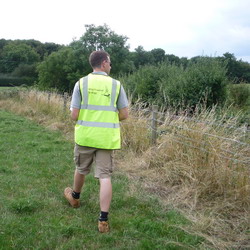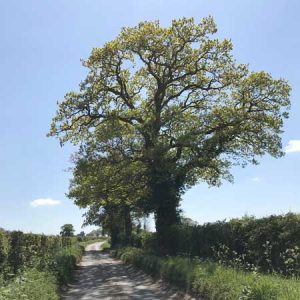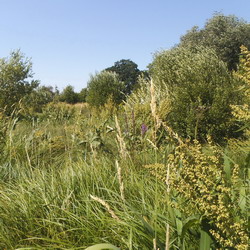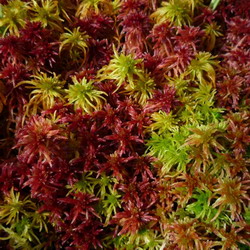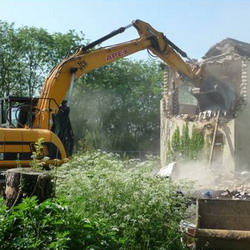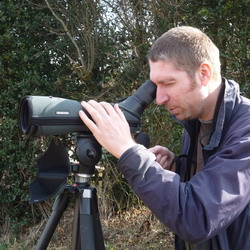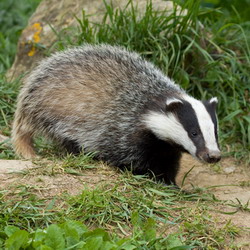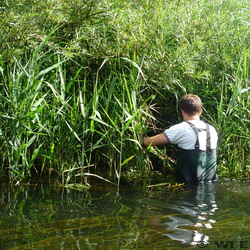Temporary removal of common lizards and natterjack toads
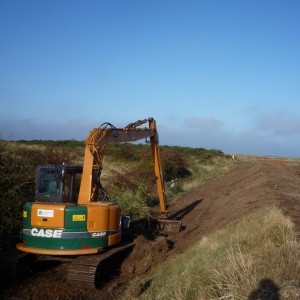
Watching the digger strip the vegetation
Temporary removal of common lizards and natterjack toads from an area of sea wall at Burnham Overy in North Norfolk scheduled for engineering works. Work was conducted under at EPS licence. 338 lizards and 10 natterjacks were moved to the adjacent dune system prior to the works commencing. Potential water vole burrows were also searched before access for plant could be constructed across a ditch.
WFE performed a watching brief during works, rescuing several more lizards as the vegetation was removed. A new reptile and amphibian hibernaculum was created.
For more on this project follow read the full case study here.
